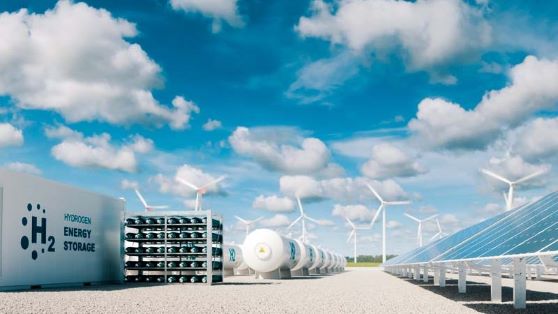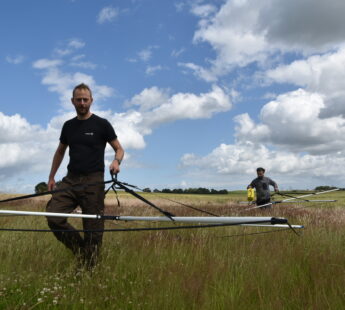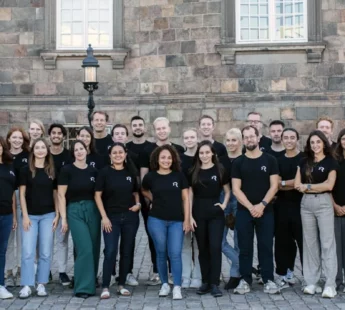The analysis was used as a reference in the report Roadmap to a Future, Danish hydrogen infrastructure, published by the Copenhagen Infrastructure Partners Foundation in May 2023. The Roadmap is intended to contribute to the political decision-making process concerning the energy infrastructure in Denmark in order to support the green transition in Europe and to boost Danish industries and exports.
The scenario analyses show that the Danish production of electricity is expected to increase 9 to 10 times by 2050. The increase is primarily due to offshore wind parks. It’s assumed that the offshore wind parks will be established in connection with planned “energy islands”; two to three in the North Sea and one in the Baltic Sea. Also, there are plans to establish electrolysis facilities and the analysis shows it will be feasible to establish them on the energy islands.
Domestic demand for electricity is expected to remain almost constant due to increased energy efficiency and saving measures. The bulk of the potential electricity production would thus be used for the production of green hydrogen for export. Denmark could potentially produce one-third of the total green hydrogen produced in the area, that our analysis covers.
Exports worth 100 billion DKK
The demand for hydrogen in Northern Europe is estimated to grow dramatically. According to the prognosis based on the scenario analyses, Holland, Belgium, and Germany will be the main purchasers of Danish green hydrogen. The estimated value of the potential, Danish green hydrogen export is 100 billion DKK pr. year.
The prognosis is based on the assumption, that Germany’s capacity for hydrogen production will remain rather limited. Considering the existing plans to establish offshore wind farms in Northern Germany as well as the good conditions for solar PV in Southern Germany, it is possible that Germany will become self-sufficient and maybe even an exporter of green hydrogen.
An alternative scenario not included in the published analysis showed that Sweden could become the main purchaser of Danish-produced hydrogen by 2050. This is mainly due to estimates showing that importing from Denmark will be preferable for Sweden.











